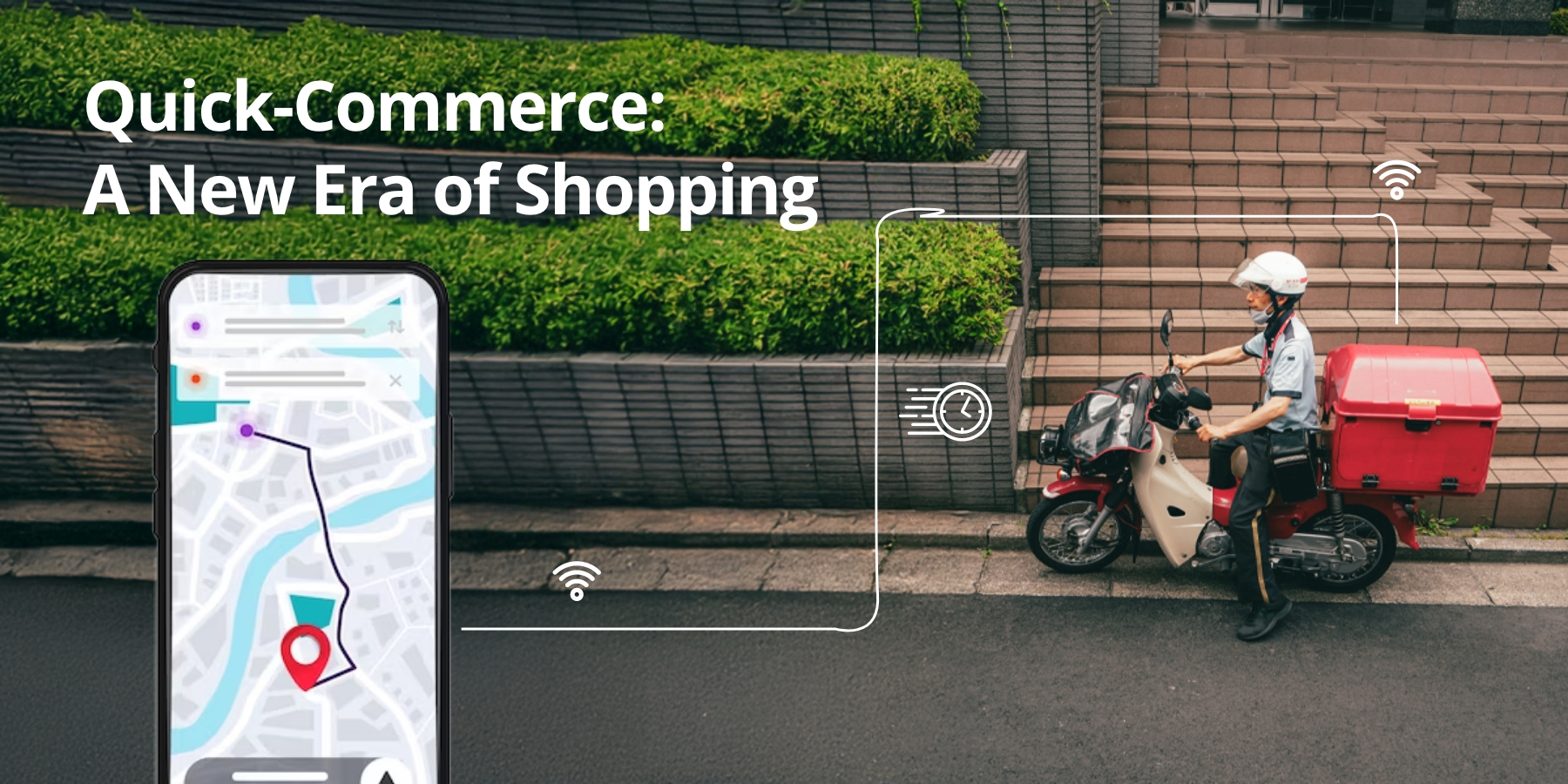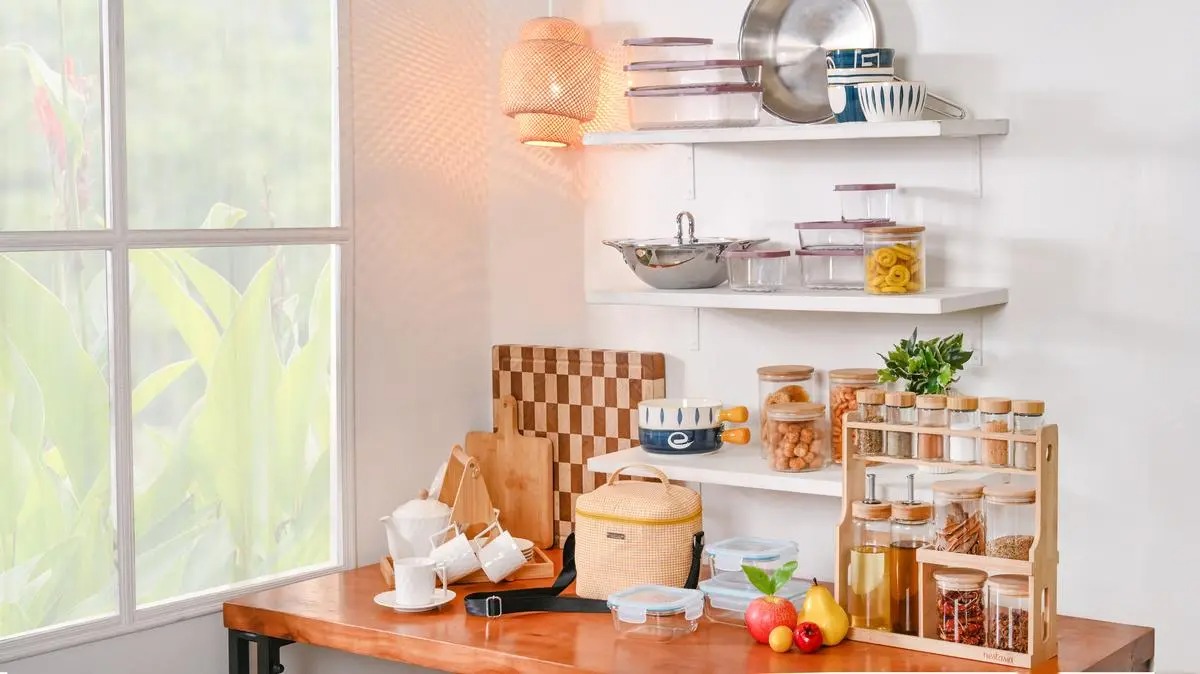 Image Source: Appventurez
Image Source: Appventurez
India’s congested cities are witnessing a rapid transformation in how goods and food reach consumers. Inspired by Mumbai’s legendary “dabbawalas,” a new generation of delivery apps is leveraging technology, logistics, and local manpower to deliver everything from groceries to gadgets—often within minutes. As urban populations swell and traffic snarls worsen, these platforms are not just providing convenience but are also reshaping the retail landscape and sparking intense competition among global and local giants.
The Rise of Quick Commerce in Urban India
-
Delivery apps now offer ultra-fast delivery—sometimes as quick as 10 minutes—by operating from strategically located “dark stores” in densely populated city areas.
-
Mumbai’s “dabbawala” system has inspired these tech-driven logistics, with workers packing and dispatching orders with military precision.
-
Local tech companies have invested billions to build these networks, fueling a rapid expansion of India’s online shopping and delivery industry.
Market Expansion and Consumer Behavior
-
Sales in India's fast commerce industry jumped from $100 million in 2020 to an estimated $6 billion in 2024, growing to a projected $40 billion by 2030.
-
The overall online food ordering market is flourishing, worth $45.15 billion in 2024 and projected to grow to over $320 billion by 2033 at a CAGR of over 23%.
-
The growth is spurred by urbanization, shifting lifestyles, smartphone adoption, and the convenience of skipping traffic and heat by ordering from home.
Business Models and Competitive Landscape
-
Indian companies BigBasket, Blinkit, and Dunzo are at the forefront, but Amazon, Flipkart, and Reliance Industries, the global players, are scaling up their fast delivery services.
-
The model depends on hyperlocal "dark stores" within a 2 km radius of urban population clusters for maximizing revenue potential and delivery speed.
-
Cloud kitchens and delivery-only models are also minimizing operational costs and increasing menu items, yet another driver of growth.
Urban Congestion and Last-Mile Delivery Challenges
-
The proliferation of delivery vehicles has added to traffic congestion within cities and created last-mile delivery as both a logistical and an environmental issue.
-
The latest solutions such as intelligent route planning, real-time traffic insights, and clubbing of orders are being integrated to optimize deliveries and minimize vehicle trips.
-
Electric cars and battery-as-a-subscription (BAAS) schemes are being considered to drive down emissions, minimize refueling stop times, and lower overall costs of ownership for gig workers.
Impact on Local Businesses and Society
-
As consumers relish unparalleled convenience, small, family-owned stores are under threat, with trade associations urging a movement against instant commerce platforms.
-
The Confederation of All India Traders compares the growth of delivery apps to a "modern-day East India Company," signaling possible market monopoly.
-
Customer demand remains in high gear, at least for now, as most urban Indians prefer to "just order it online" instead of navigating city streets.
Technological Innovations and Future Outlook
-
Sophisticated technologies such as AI-driven personalization, GPS locational tracking, real-time analysis, and temperature-controlled transportation are driving efficiency and minimizing food loss.
-
The industry is likely to merge, with analysts forecasting that there will be just two or three key players controlling the market as a result of stiff competition and expensive operational costs.
As cities grow and digital infrastructure enhances, rapid commerce is likely to become an even more fundamental aspect of urban living in India.
Sources: Economic Times, Barron's, GlobeNewswire, IMARC Group, Cargo Insights, LinkedIn
Advertisement
Advertisement



